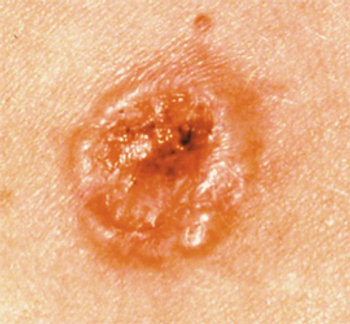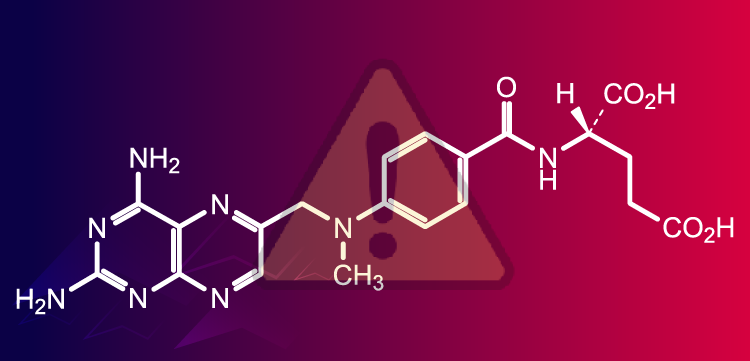
Input From a Multidisciplinary Team of Medical Providers is ‘Necessary’ to Manage Contralateral Breast Cancer, Says Expert
It takes a team of physicians from multidisciplinary backgrounds to best manage patients with contralateral breast cancer, according to a Mayo Clinic Expert.
During the
According to Yadav, multiple teams are involved in terms of breast cancer risk-management, including medical, surgical, and genetic oncologists. He says that this multidisciplinary collaboration is necessary for informing risk-management decision-making with patients with breast cancer.
Transcript:
When we think of contralateral breast cancer risk-management, there are multiple teams that are involved. As medical oncologists, we tend to be involved in a lot of these discussions. A lot of risk-management strategies also involve surgical intervention, so our surgical colleagues tend to be involved in those discussions, as well. In addition, our colleagues in genetics can also help guide provide these risk estimates in terms of understanding what the contralateral breast cancer risk is based on family history and several other demographic variables, as well.
When we think of how best to manage the contralateral breast cancer risk in germline mutation carriers, input from all of these teams is necessary to better understand the benefits of certain intervention versus the risks, and taking into account all of those factors, a final decision in conjunction with the patients should be made.
Reference
Yadav S, Boddicker NJ, Na J, et al. Population-based estimates of contralateral breast cancer risk among carriers of germline pathogenic variants in ATM, BRCA1, BRCA2, CHEK2, and PALB2. Presented at the 2022 San Antonio Breast Cancer Symposium; December 6-10, 2022; San Antonio, TX. Abstract GS4-04.
Newsletter
Stay up to date on recent advances in the multidisciplinary approach to cancer.


















































































